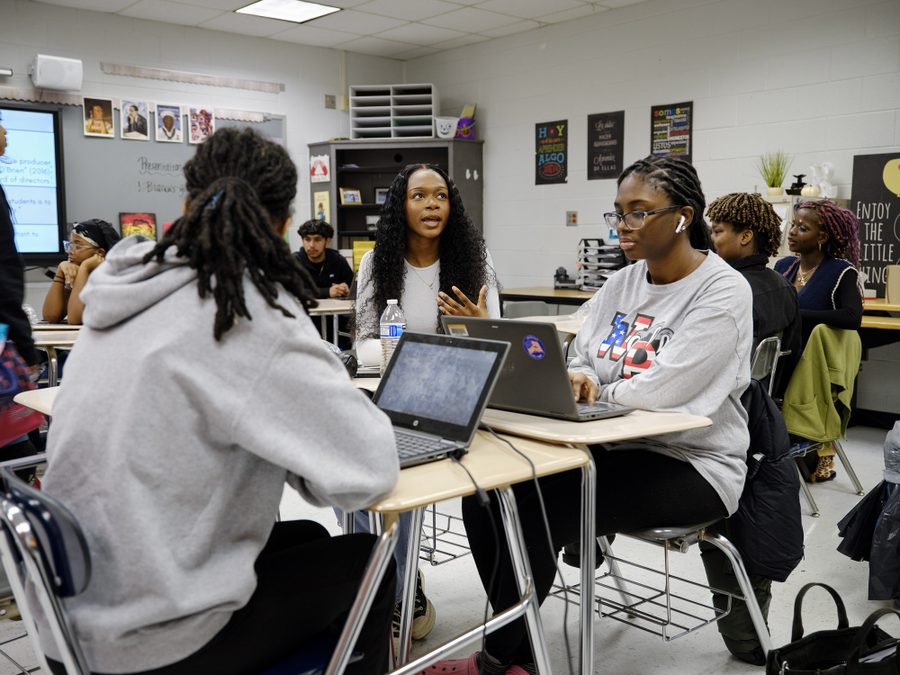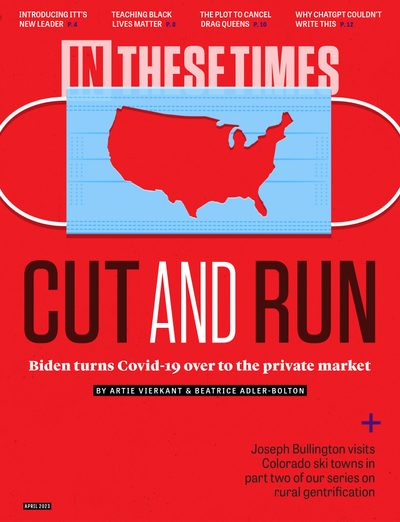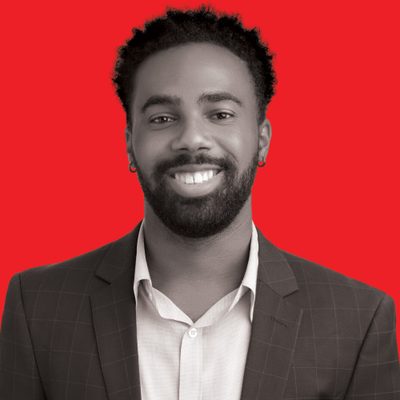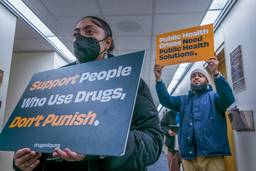Black Educators Are Reimagining A Better School System
“Black Lives Matter at School is an act of resistance. It’s a refusal to accept the ways that we are perpetually dehumanized. It’s a statement that we exist, that we are here, and that we are going to fight back.”
Henry Hicks IV

WOODBRIDGE, VA. — The plastic sign displayed prominently on De’Ana Forbes’ classroom door is especially fitting this week. In big bold letters: “Warning! History Teacher Zone. Your understanding of the past may be corrected at any time.”
It’s early in this sleepy suburb 45 minutes outside Washington, D.C., and the sun is still rising over Freedom High School as students jog inside from late-arriving buses, backpacks half-hung over shoulders with winter coats swinging. They push through crowded hallways and hurry to first period.
Forbes, 28, who teaches U.S. history and social studies, is one of many teachers across the country participating in the annual Black Lives Matter at School Week of Action, held this year February 6 – 10. As her students settle in to watch a video about the history of Black fraternities and sororities, Forbes prepares an interactive lesson.
“The work of telling Black stories, celebrating diversity and inclusivity, and making sure that [students] understand that their lives do matter, is important,” Forbes says. “It naturally fits in the context of history.”
The Black Lives Matter at School Week of Action traces its roots to a Black Lives Matter organizing campaign at John Muir Elementary in Seattle in 2016 and when, later that school year, educators in Philadelphia organized a week of teaching surrounding the principles of Black Lives Matter. Teachers in Rochester also held a day of action in 2017. Then, in 2018, it exploded, with educators in more than 20 cities participating in the Week of Action, and it has remained popular since then.
“Black Lives Matter at School is an act of resistance,” says Awo Okaikor Aryee-Price, a member of the inaugural steering committee for Black Lives Matter at School. “It’s a refusal to accept the ways that we are perpetually dehumanized. It’s a statement that we exist, that we are here, and that we are going to fight back.”
During the week, teachers often share curriculum and host both virtual and in-person events. This year, events included a fair about historically Black colleges and universities, an abolitionist poetry workshop, and an Imagination Lab Listening Project for students, teachers, parents and school staff to envision safe schools and futures.
The week also centers around key movement demands, including ending zero tolerance policies, ending policing in schools and funding counselors instead, reducing the pushout of Black teachers, promoting restorative justice approaches to discipline, and mandating Black history and ethnic studies courses.
“Go ahead and share with us, out loud, some things that you’ve learned so far about the Divine Nine,” Forbes instructs, referring to her lesson on historically Black fraternities and sororities. She picks a student sitting toward the back of the room.
“They’re there to create social change for future generations,” the student says eagerly, glancing up from the jotted-down notes in front of him.
Forbes’ classroom is decorated with artwork made by her students — those assigned to her classes, and others who’ve poked their heads in during free periods or after-school club activities. Earlier in the week, Forbes organized a schoolwide “paint-and-sip” as part of the Week of Action, in which students detailed on small canvases colorful interpretations of the Black power salute, ornate impressions of the Black Lives Matter slogan, and a traditional Sankofa symbol (from the Akan people of Ghana) meaning “go back and get it.”
This day, other teachers at Freedom High join in midway through the class to support Forbes’ lesson, answering questions about Delta Sigma Theta, Alpha Kappa Alpha and Zeta Phi Beta, all three of which were founded on the nearby Howard University campus by Black students in the early 1900s to promote public service, community, and political action.
But the Week of Action is about more than classroom lessons. Earlier in the week, teachers throughout D.C. and the surrounding counties in Maryland and Virginia met at Creole on 14th, a popular brunch and happy hour spot in the busy, racially diverse neighborhood of Columbia Heights to call each other to action. Vanessa Williams, 31, who works as program manager for Teaching for Change’s D.C. Area Educators for Social Justice, organized an “unapologetically Black educator story lounge” event with Empower Ed to offer teachers a microphone to share personal narratives to highlight the importance of liberatory teaching practices.
“Oftentimes, we’re not present at the table when these decisions are being discussed about policy, legislation, et cetera,” shared Gabrielle Dubose, an educator at the Duke Ellington School of the Arts and a speaker at the story lounge. “They need to hear from teachers.”
The theme of silence and resistance was mentioned repeatedly throughout the night.
“It’s harder to do this work on an island or in a silo,” Williams says. “It’s so important to center educators’ voices — giving Black educators space where there are no stakes. This is not a staff meeting. It’s an opportunity for people to relate to one another and find that community.”
Events like the story lounge, and lessons like Forbes’, are exactly what Aryee-Price had hoped for. Revolution stemming from class lessons, spilling out through the hallways and into the streets is exactly what Black Lives Matter Week of Action is about.
“This goes beyond just the week,” says Aryee-Price. “It’s a lifetime of practice.”
Henry Hicks IV is a Washington D.C.-based writer and organizer. Originally from Nashville, Tenn., he is a graduate of Oberlin College and is a Harry S. Truman scholar.









